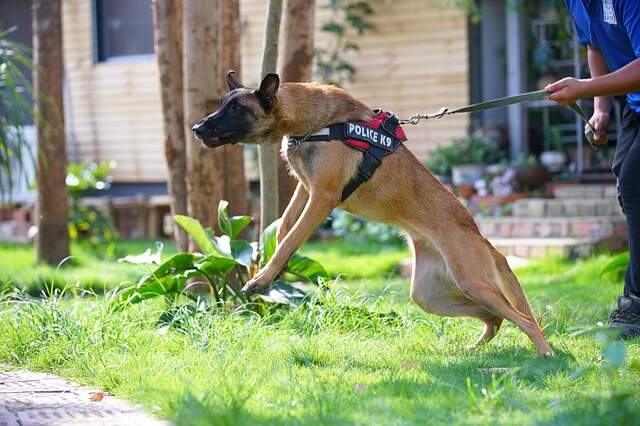
4 Ways to Have a Well-Behaved Pet
Behaved dogs are better and safer to be with. Discover training techniques to have a well-behaved, harmonious bond with your dog in this handy guide.

© 2024 Crivva - Business Promotion. All rights reserved.